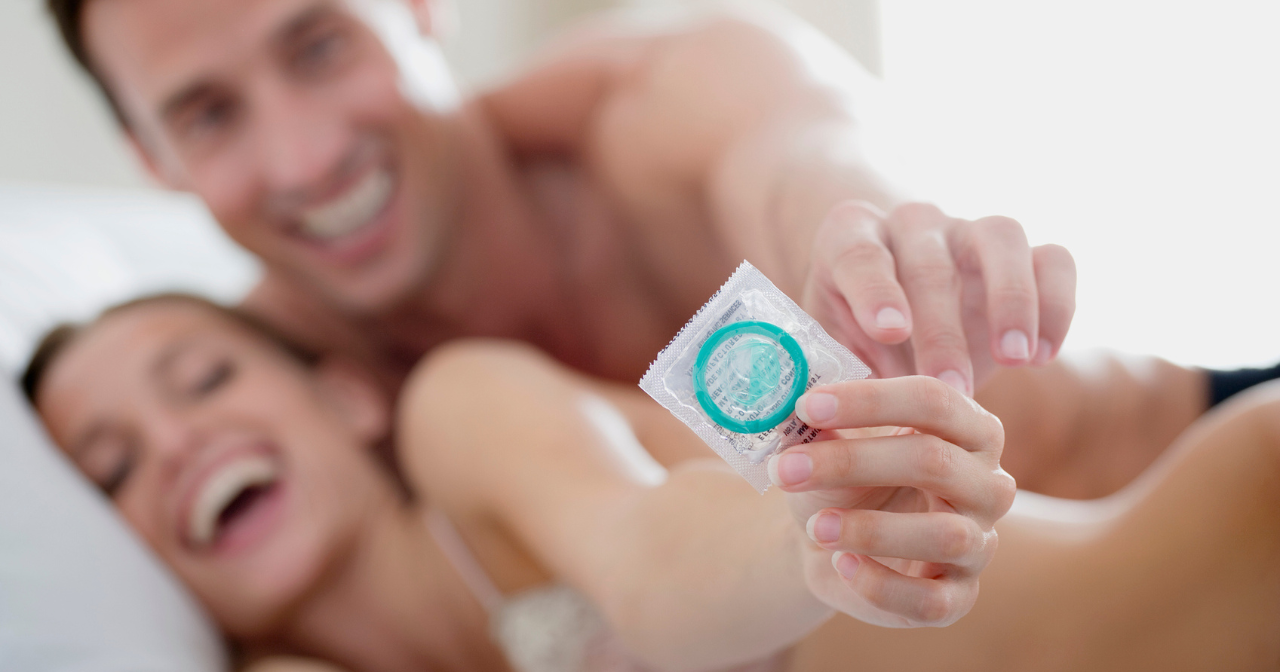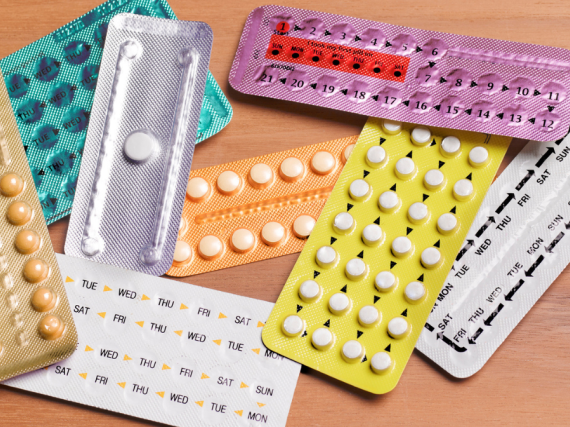Doubling Up on Birth Control
There are a lot of things I love about my IUD—not having a period, years of pregnancy prevention, and stress free sex are just a few. But the hormonal acne that I have experienced over the years was an undesirable side effect that I thought I just had to live with. That’s why I was pleasantly surprised when my dermatologist suggested that I take a combined hormonal birth control pill to help manage my skin problems. I didn’t expect to be doubling up on birth control (especially since the IUD is one of the most effective methods out there) but adding the pill to my routine has made my skin glow!
There are many reasons someone might want to use more than one birth control method! It’s no surprise that correctly using multiple methods together further reduces the risk of unintended pregnancy. It’s what Scarleteen calls the buddy system, “we can goof up—maybe we skipped a couple pills or got a new prescription late, maybe we're not so timely about getting our injections or don't have consistent healthcare to get a new one on time, maybe we didn't realize our patch fell off. Oops. But if we're consistently backing up with a secondary method, even if our primary one fails, we're covered.” Basically, if a person is using a method that might have room for error—such as the pill, patch, shot, or ring—having a consistent backup method will reduce the chances that they get pregnant.
Spermicide also works best when paired with another method, such as the diaphragm or condoms. Spermicide makes a barrier method more effective, but it’s not very effective if used alone. Barrier methods, such as condoms and internal condoms, can be combined with any method to protect against sexually transmitted infections (STIs), including HIV. Note that lambskin condoms, however, are the one type people should not rely on for STI protection—they are able to block sperm, but not infections. Dental dams and PrEP, on the other hand, are tools that will help prevent STI transmission but not pregnancy.
If part of the appeal of a barrier method is that the user stays in control and there are no hormones, they can be combined with a method like withdrawal (aka pulling out) or fertility awareness to prevent pregnancy.
But birth control is for more than just pregnancy and STI prevention! Hormonal birth control can also help people: manage their period pain and flow, prevent anemia, reduce gender dysphoria, and even stabilize hormones to help with disorders like endometriosis and polycystic ovary syndrome (aka PCOS). On top of that, folks deserve to simply have worry-free sex and have access to methods that make them feel comfortable and safe.
There are a variety of factors folks consider when choosing a contraceptive method—including (but not limited to) potential side effects, cost, control over the method, availability over-the-counter, and other non-contraceptive benefits. If one method isn’t giving everything someone want out of their birth control, they should see what other options they have by checking out Bedsider’s method explorer and consider speaking up with their health care provider.



